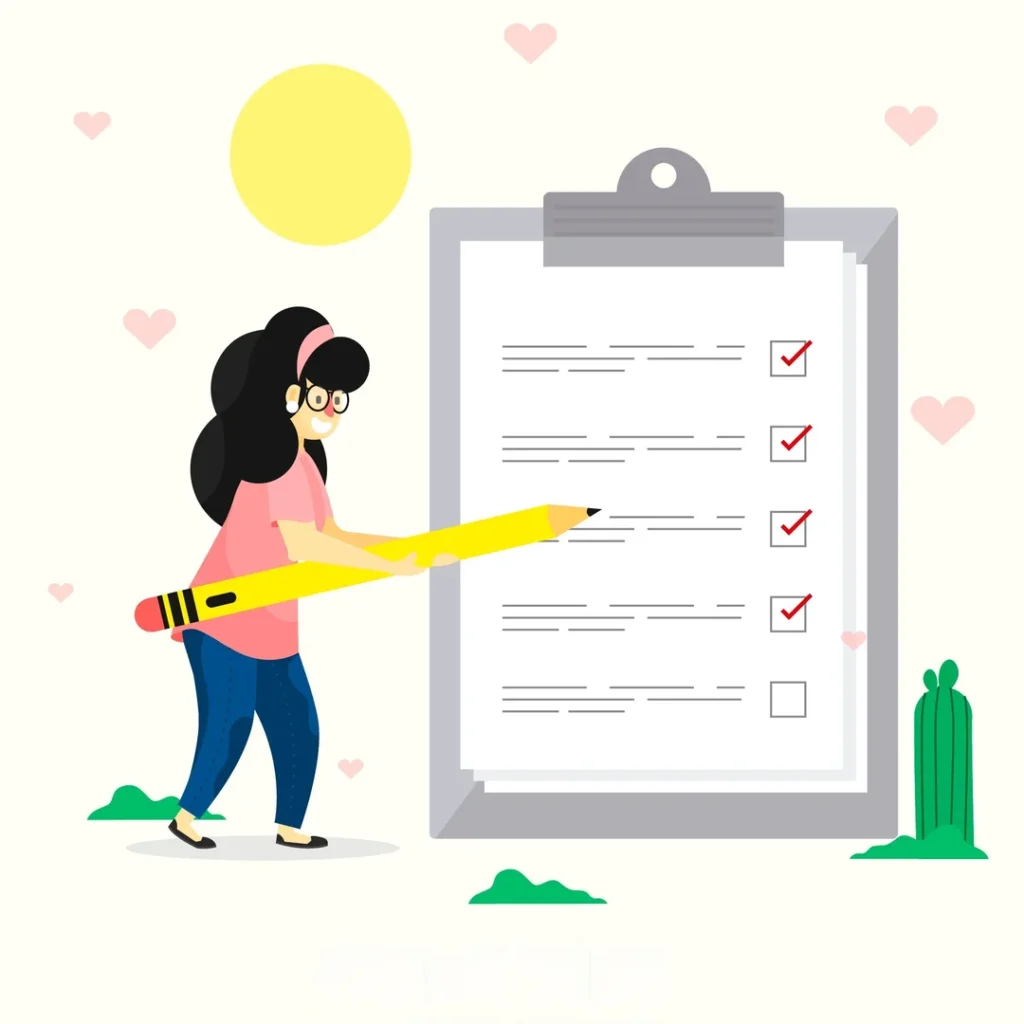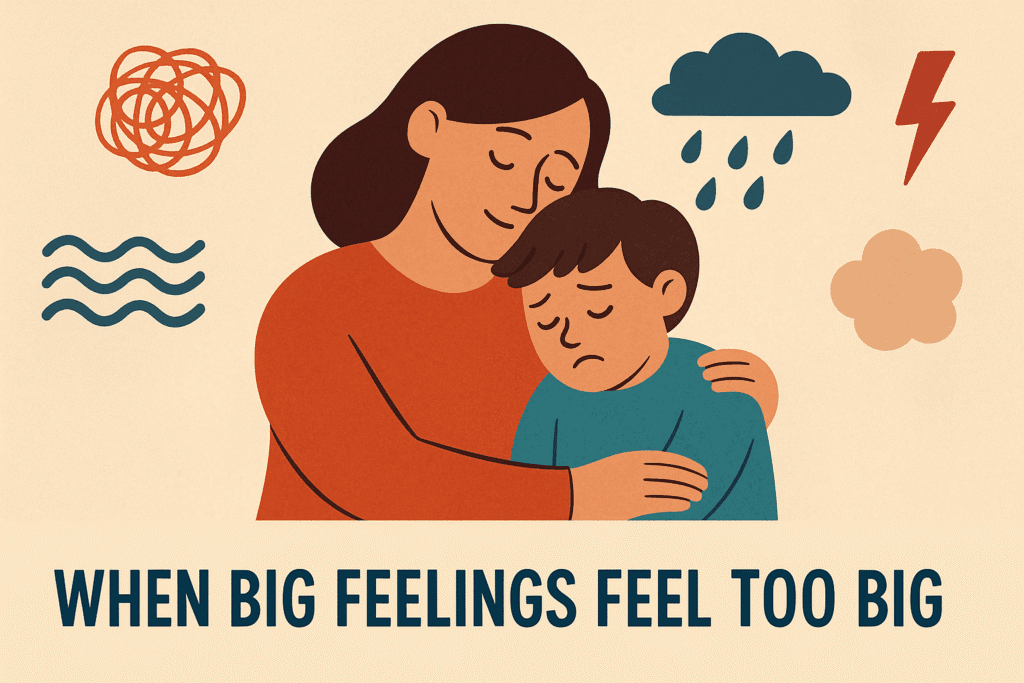Let’s pause for a moment.
In the middle of fast conversations, busy schedules, and people scrolling past each other’s lives—how often do we stop to truly feel what someone else is going through?
That’s where empathy comes in.
Not as a buzzword. Not as a personality trait.
But as a quiet, powerful way of living that connects us, grounds us, and brings meaning to how we relate to others.

So, what exactly is the empathy definition? And more importantly—how do we actually practice it in a way that feels real, manageable, and human?
Let’s explore this together.
Table of Contents
Empathy Definition: What It Really Means

At its core, empathy is the ability to recognize, understand, and feel the emotions of another person. It’s You’ve probably heard people say, “Put yourself in their shoes.” That’s the essence of empathy—but it goes deeper.
Empathy is the ability to understand and genuinely feel another person’s emotional experience. It’s not about fixing, comparing, or dismissing—it’s about being present in someone else’s emotional world, even if for a moment.
Psychologists break it down into three types:
- Cognitive empathy is when you can intellectually understand what someone else is feeling. You “get it,” even if you’re not feeling it yourself.
- Emotional empathy is when you actually feel the other person’s emotions, as if their joy or pain echoes in your own body.
- Compassionate empathy takes it a step further. You feel, you understand—and then you act. You offer support, comfort, or simply show up.
Neuroscience shows empathy is hardwired into us through mirror neurons—those tiny cells in our brain that activate when we observe someone else’s emotions. It’s literally built into our biology to connect.
But like any skill, empathy needs intention. Awareness. Repetition. And practice.
Defining Empathetic Behavior in Real Life

It’s one thing to feel for someone. But how do we express that empathy in a way that helps them feel safe, seen, and supported?
To define empathetic behavior, look at the everyday moments:
- When your friend is quiet, and instead of changing the subject, you gently ask, “Want to talk about what’s on your mind?”
- When your child is overwhelmed, and you say, “I get it. Big feelings are hard sometimes.”
- When you hold space for someone’s grief—not by offering solutions, but by sitting in the silence with them.
Empathy shows up in:
- Listening deeply, not interrupting
- Letting go of judgment, even when someone’s experience is outside your own
- Saying things like, “That makes sense,” or “I would feel that way too”
- Taking gentle action—whether that’s checking in, offering help, or simply being present
But here’s the catch: you can’t pour from an empty cup. Being deeply empathetic also means knowing when to step back, set boundaries, and recharge—especially for those who tend to absorb the emotions around them.
Empathy doesn’t mean becoming a sponge. It means becoming a bridge.
Empathy vs. Sympathy: Why the Difference Matters


This part trips people up.
Sympathy says, “That’s tough. I feel bad for you.”
Empathy says, “That’s tough. I feel it with you.”
See the difference?
Sympathy keeps a certain emotional distance. It acknowledges pain but stays outside of it. Empathy moves closer—it listens, absorbs, and connects.
Here’s how it plays out:
- Someone loses their job.
Sympathy says: “That’s awful. Let me know if I can help.”
Empathy says: “That must feel really scary. Want to talk about what’s next?”
One is kind. The other is courageous.
But remember, empathy isn’t always comfortable. It can stir up your own pain, confusion, or vulnerability. That’s why many people avoid it. But when you choose to go there—to sit with someone in their storm—you build something deeper than comfort: you build connection.
Follow us on Instagram @rootswingsandwellness for daily insights on empathy, emotional wellness, and mindful living!
The Concept of Dark Empath: When Empathy Turns Manipulative

Let’s go a little deeper—because not all empathy is genuine.
Enter the DARK EMPATH
This person knows how you feel. But instead of using that awareness to support you, they use it to influence, control, or gain power.
You’ll know something’s off if:
- You feel guilty for setting boundaries, even if you haven’t done anything wrong
- Conversations leave you emotionally confused, not comforted
- They seem warm, even charismatic—but their kindness feels conditional
The dark empath reads emotions expertly—but lacks genuine compassion.
They might listen to your struggles, only to later use that information to manipulate you or keep the upper hand.
If you’ve experienced this, you’re not imagining things. Trust your gut. And remember: real empathy never leaves you doubting your worth.
Compassion Meaning: Turning Empathy Into Action

So where does compassion come in?
While empathy connects us to someone’s emotional world, compassion is the part that says, “How can I help lighten your load?”
It’s empathy + action.
And it doesn’t require grand gestures. Sometimes, the most compassionate thing you can do is:
- Let someone talk without interrupting
- Bring them tea when words fail
- Send a check-in text that says, “Thinking of you. No need to reply.”
And equally important? Compassion toward yourself.
- Being gentle with your own mistakes
- Speaking to yourself with kindness
- Saying “no” when your emotional tank is empty
True empathy starts within. It’s hard to show up for others when you’re constantly beating yourself up inside..
How to Practice Empathy Daily: 7 Simple Habits

You don’t need to be a therapist, healer, or “empathic type” to practice empathy. You just need to slow down, stay curious, and choose connection.
Here’s how:
1. Really listen
Put down your phone. Close the mental tab of what you’ll say next. Just listen. Let silence do the heavy lifting.
2. Ask deeper questions
Instead of “How are you?” try “What’s been on your heart lately?”
The invitation makes a difference.
3. Pause before reacting
When someone vents or shares something heavy, fight the urge to fix. Often, they just want to feel less alone.
4. Validate their feelings
Phrases like:
- “That must be hard.”
- “I would feel that way too.”
- “Thanks for sharing that with me.”
These words open doors.
5. Challenge your assumptions
Not everyone’s story will make sense to you—and that’s okay. Listen anyway. Be willing to be surprised.
6. Set boundaries with love
Empathy doesn’t mean saying yes to everything. It means saying no with kindness and care for both people involved.
7. Let your actions speak
A warm meal. A supportive message. Even just your quiet presence. Empathy is shown more in what you do than what you say.
Final Thoughts: Leading With Empathy in a Disconnected World
In a world that rewards speed, productivity, and perfection, empathy slows us down.
It reminds us that behind every face is a story, behind every reaction is a reason, and behind every struggle is someone just trying to be understood.
Empathy won’t fix everything. It won’t erase pain. But it makes the human experience less lonely, and a little more beautiful.
So maybe today, you listen a little longer.
Maybe you soften your response.
Maybe you offer someone else the grace you’re learning to give yourself.
You never know how much it might mean.
Check out our insightful articles on family wellness and parenting at Roots, Wings & Wellness.
FAQ’s
Empathy is your ability to understand and share what someone else is feeling. Being “sensitive” often means your emotions are more finely tuned—but that’s not a flaw. In fact, sensitivity can be a strength when paired with emotional intelligence and boundaries. Empathy connects; sensitivity helps us notice when someone needs it.
If you’ve ever been told you “feel too much,” take that as a sign of your deep capacity for connection—not a reason to hold back.
Good news: empathy is absolutely something you can learn and strengthen over time.
Some people might naturally show more empathetic behavior, but like any life skill, it grows with intention and practice. Simple things like listening more closely, asking thoughtful questions, or pausing before reacting can rewire how we connect. Even understanding the basic empathy definition is a great starting point—because awareness leads to change.
A dark empath is someone who understands emotions well but uses that insight to manipulate rather than support. They might seem charismatic or caring at first, but over time, interactions feel emotionally draining, confusing, or guilt-inducing.
The key difference? True empathy never leaves you feeling small, ashamed, or controlled.
If someone constantly weaponizes your feelings or makes you doubt your reality, it may be time to set firmer emotional boundaries—or step away altogether. Protecting your peace is not selfish. It’s self-respect.
Start small. Compassion doesn’t have to be grand or performative. It’s checking in on a friend, pausing to listen without advice, or offering kindness to yourself on a hard day.
But here’s the balance: you’re not responsible for carrying everyone’s emotions. To be sustainably compassionate, you need to practice self-empathy too. That means resting when you’re depleted, saying no when your heart feels heavy, and remembering that showing up doesn’t mean giving everything away.
Real compassion includes yourself in the equation.
A great rule of thumb: Sympathy looks in from the outside.
Empathy walks in and sits down beside someone.
Sympathy says, “That sounds rough. Let me know if you need anything.”
Empathy says, “That sounds incredibly hard. I’m here—do you want to talk about it?”
If you’re trying to define empathetic moments in your own life, think back to times when you offered space without judgment or showed up without trying to fix things. That’s empathy in action.


















